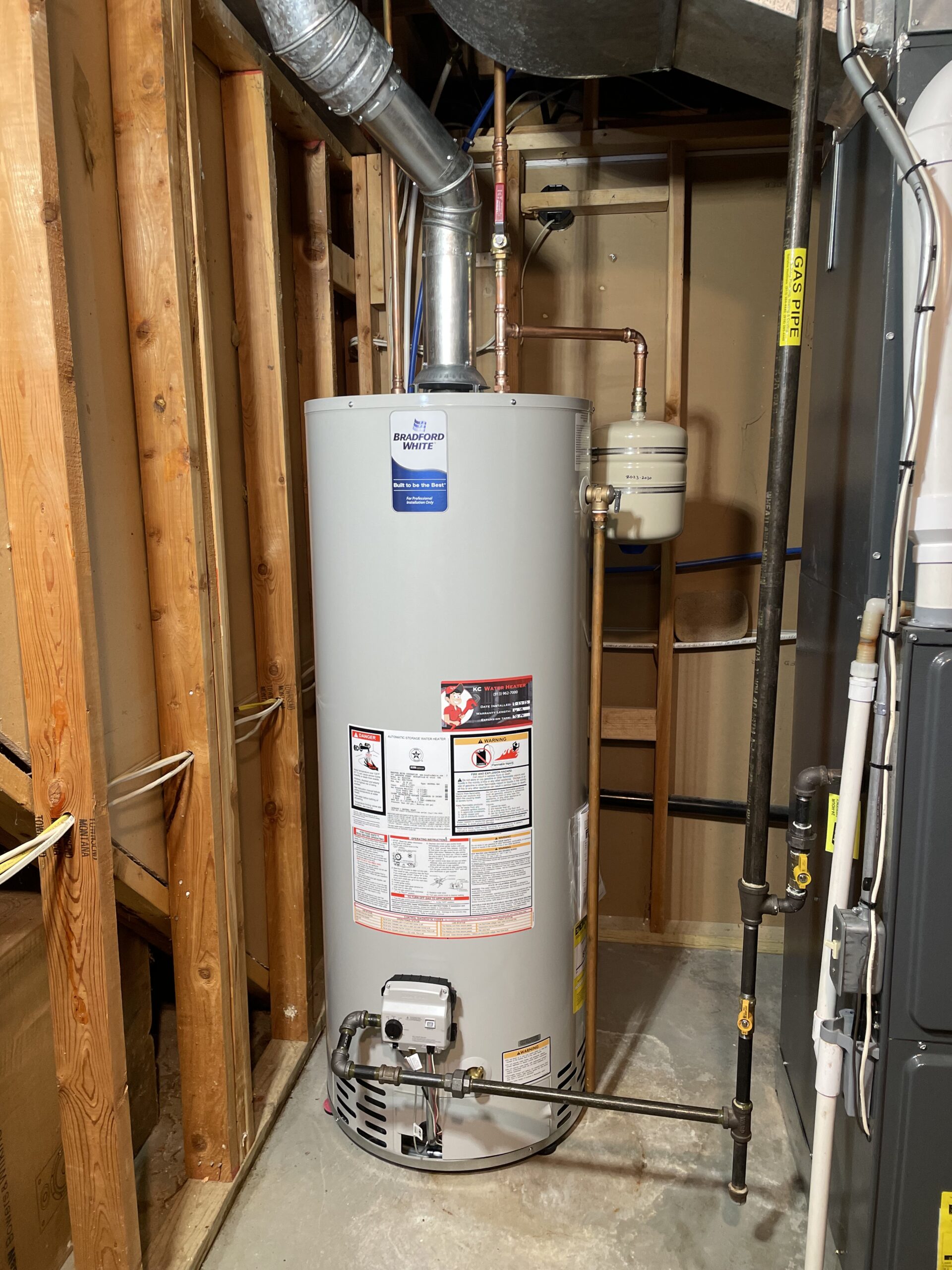Simple Methods to Care for Your Home's Hot Water System Properly
Simple Methods to Care for Your Home's Hot Water System Properly
Blog Article
They are making a few great pointers related to What Kind of Maintenance Do Water Heaters Need? overall in this great article following next.

Warm water is vital for daily convenience, whether it's for a revitalizing shower or washing recipes. To ensure your warm water system runs efficiently and lasts much longer, regular maintenance is vital. This article supplies practical suggestions and understandings on how to maintain your home's warm water system to stay clear of disruptions and pricey repair services.
Introduction
Maintaining your home's warm water system may appear challenging, however with a couple of simple actions, you can guarantee it operates efficiently for several years to come. This guide covers every little thing from understanding your hot water system to do it yourself upkeep suggestions and understanding when to call in expert assistance.
Value of Keeping Your Warm Water System
Normal upkeep not only prolongs the life expectancy of your warm water system but also guarantees it runs effectively. Overlooking upkeep can cause decreased efficiency, higher energy bills, and even premature failure of the system.
Signs Your Hot Water System Needs Upkeep
Understanding when your warm water system needs interest can protect against major problems. Look out for indications such as irregular water temperature level, weird sounds from the heater, or rustic water.
Recognizing Your Hot Water System
Prior to diving into upkeep tasks, it's practical to understand the standard components of your warm water system. Typically, this consists of the water heater itself, pipes, anode rods, and temperature level controls.
Monthly Upkeep Tasks
Routine monthly checks can aid catch small issues prior to they rise.
Flushing the Hot Water Heater
Purging your water heater gets rid of debris accumulation, boosting performance and lengthening its life.
Monitoring and Changing Anode Rods
Anode poles protect against deterioration inside the container. Evaluating and replacing them when worn is vital.
Evaluating and Adjusting Temperature Settings
Changing the temperature level setups makes sure optimum efficiency and safety.
DIY Tips for Maintenance
You can perform a number of maintenance jobs on your own to keep your hot water system in leading problem.
Checking for Leaks
Consistently evaluate pipes and connections for leakages, as these can bring about water damages and greater bills.
Evaluating Pressure Alleviation Valves
Checking the stress relief valve guarantees it functions correctly and stops excessive pressure accumulation.
Shielding Pipes
Protecting warm water pipes minimizes warmth loss and can save power.
When to Call a Professional
While DIY upkeep is beneficial, some problems call for professional know-how.
Complex Problems Needing Specialist Help
Examples consist of significant leaks, electrical issues, or if your hot water heater is consistently underperforming.
Routine Professional Upkeep Conveniences
Professional maintenance can include complete inspections, tune-ups, and ensuring conformity with safety standards.
Final thought
Routine upkeep of your home's warm water system is essential for effectiveness, durability, and expense financial savings. By adhering to these pointers and knowing when to seek professional aid, you can guarantee a reputable supply of hot water without unanticipated disruptions.
How to Maintain an Instant Hot Water Heater
Before tinkering with your hot water heater, make sure that it’s not powered on. You also have to turn off the main circuit breaker and shut off the main gas line to prevent accidents. Also turn off the water valves connected to your unit to prevent water from flowing into and out of the appliance. 2. When you’re done, you have to detach the purge valves’ caps. These look like the letter “T†and are situated on either side of the water valves. Doing so will release any pressure that has accumulated inside the valves while at the same time avoid hot water from shooting out and burning your skin. 3. When the purge valves’ caps are removed, you have to connect your hosing lines to the valves. Your unit should have come with three hoses but if it didn’t, you can purchase these things from any hardware or home repair shops. You can also get them from retail stores that sell water heating systems. Read the user’s manual and follow it to complete this task properly. When the hosing lines are connected, open the purge port’s valves. 4. You should never use harsh chemical cleaners or solutions when cleaning your unit. Make use of white vinegar instead. It should be undiluted and you’ll probably use about 2 gallons. 5. Now flush your water heater. This task should probably take about 40 minutes. We can’t give you specific directions for this because the procedure is carried out depending on the type, model and brand of your heater. With that being said, refer to the user’s manual. 6. When you’re done draining the unit, you have to turn off the purge port valves again. Remove the hosing lines that you earlier installed on each of the water valves. Put the valve caps (purge port) back in their respective places and be very careful so as not to damage the rubber discs that are found inside these caps. 7. Now that everything’s back in place, check your user’s manual again to find out how to reactivate your water heating system. 8. Once it is working, turn one of your hot water faucets on just to let air pass through the heater’s water supply pipes. Leave the tap on until water flows smoothly out of it. https://www.orrplumbing.com/blog/2014/september/how-to-maintain-an-instant-hot-water-heater/

I stumbled upon that blog posting on How to Maintain a Hot Water Heater in a Few Simple Steps when browsing on the internet. For those who enjoyed our post kindly make sure you remember to share it. Thanks a bunch for your time. Please pay a visit to our website back soon.
Click Here! Report this page